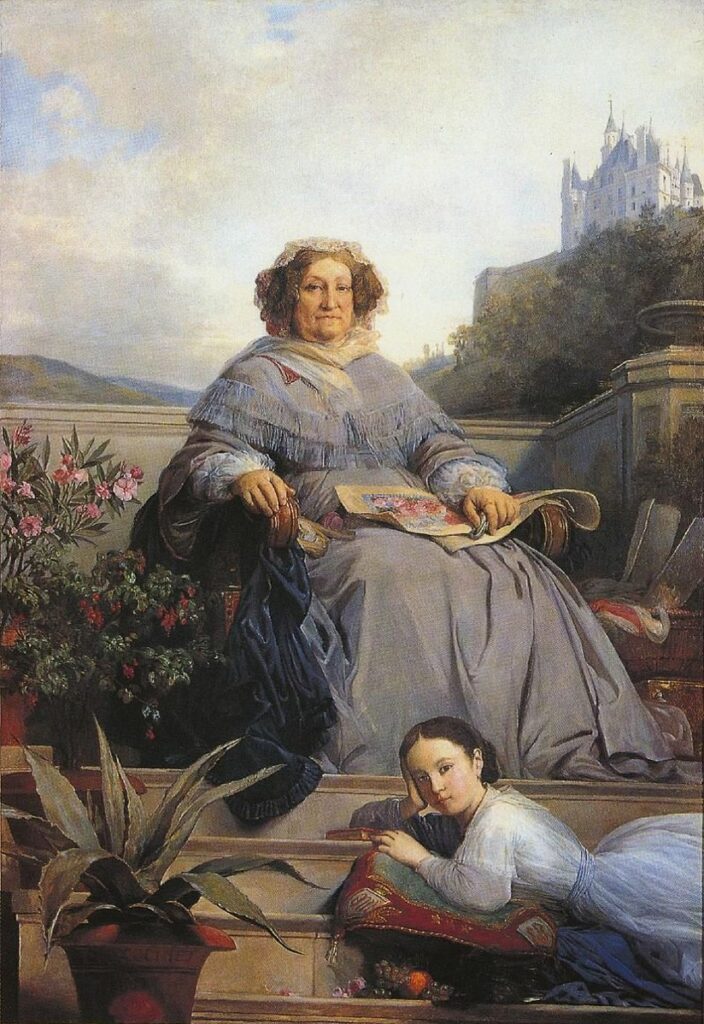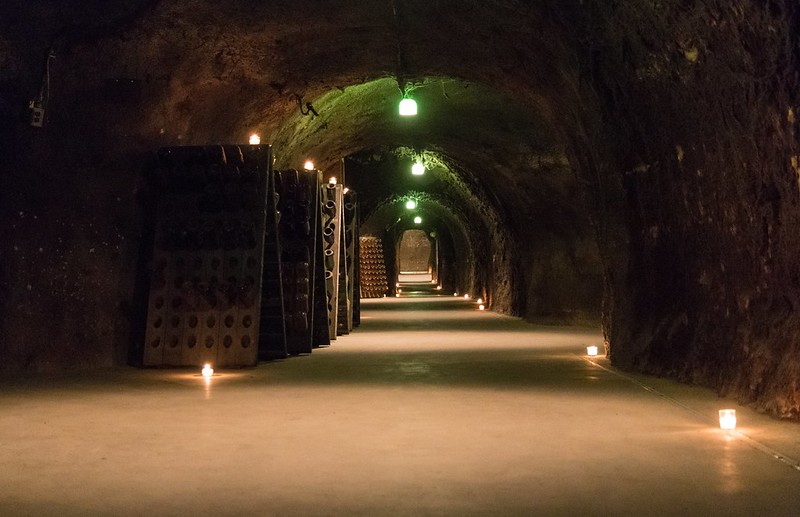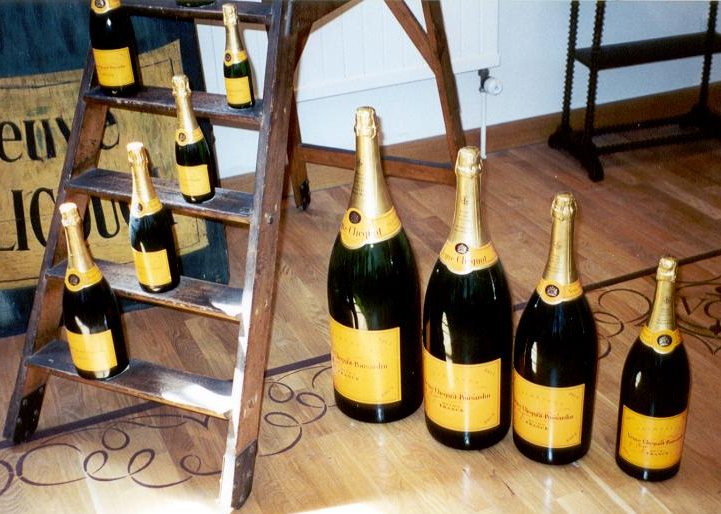“The world is in perpetual motion, and we must invent the things of tomorrow. One must go before others, be determined and exacting, and let your intelligence direct your life. Act with audacity.”
—Barbe-Nicole Clicquot

[Adapted from Rebecca Rosenberg’s Champagne Widows: First Woman of Champagne, Veuve Clicquot now available.]
For centuries, women have faced the devastation of pandemics and the roadblocks of patriarchy. Yet, one of them, the audacious and determined Barbe-Nicole Clicquot, found a way to build a champagne empire despite the hardships.
In 1805, the typhoid fever pandemic swept through the Champagne region of Reims, France, and took the life of champagne house owner, Francois Clicquot. His young wife, Barbe-Nicole, was left a single parent to a six-year-old daughter. Her father-in-law promptly informed Clicquot winery customers, employees and vendors they were closing the doors.
Under Napoleon Code, she inherited only a quarter of her husband’s property, the rest reverting to his family. Now known as Veuve (widow) Clicquot, Barbe-Nicole needed money to support herself and her daughter and was dismayed that their shared passion for making champagne would be summarily erased.
In a time when married women were prevented from owning a business in France, she found a loophole. Seeking legal advice, she learned that a widow could own a business and property. She’d never run a business or handled finances, but Barbe-Nicole was determined to continue the champagne house. Thus, the arm wrestle with her father-in-law began.
She bargained with her father-in-law to carry on the winery, which he agreed to on the condition he choose a male business partner for her.
Despite her ambitions and best intentions, her first steps in the male-dominated world of wine-making were doomed. She started this new venture in the middle of 13 years of Napoleonic wars (1803–1815). As Napoleon fought to rule Europe, he blocked trade between countries and destroyed Europe’s economy, making it nearly impossible to sell wine. By 1810, Veuve Clicquot’s business partner knew their venture failed and broke off the partnership, leaving her to manage the business alone.
On her own again, her father-in-law pressed her to close the winery and stem the losses. In the face of rising doubts and mounting debt, Barbe-Nicole became more determined. She boldly rebranded the winery as Veuve Clicquot-Ponsardin, using her title, widow (Veuve) and adding her maiden name, so there would be no mistake who was making the wine. Veuve Clicquot-Ponsardin was the first champagne house owned by a woman.
The next few years were bleak for the single mother managing the vineyards and winery alone. Napoleon and his French army waged two more wars; the Fifth Coalition War with Austria and Britain and the Peninsular War with Spain.
In 1812, Barbe-Nicole’s champagne sales fell from a peak of 130,000 bottles to 10,000 bottles. She used those dark years to experiment with the wine. Champagne in the early 1800s was unpredictable and mysterious. It could grow snakes of yeast, be flat and lifeless, or murky with frog’s-eye bubbles. Barbe-Nicole invented new methods to improve her champagne’s clarity and taste.

Eventually, she created the riddling rack, a large board with holes to store wine bottles neck down. A gentle rotation of the bottle slid sediment down into the bottleneck for easier removal. This method of riddling bottles and the riddling rack are still used in champagne making today.
The Great Comet of 1811, known as Napoleon’s Comet, streaked across the sky for one million miles and was visible for more than 260 days. Prophets said the comet predicted Napoleon’s invasion of Russia and the war of 1812. But, for Barbe-Nicole, the Great Comet of 1811 brought the most magnificent and bountiful grape harvest of a decade. Using her new techniques and skills, she crafted an exquisite champagne that would make her famous. Le Vin de Comète was the first vintage champagne ever made, using only grapes from that comet year instead of the traditional method of blending wines from different years.
While Barbe-Necole aged her Vin de la Comète in the chalk caves under her winery, France remained in turmoil as Napoleon waged the Sixth Coalition war against Prussia, Sweden, Austria, Russia, the United Kingdom and several German states.
In 1812, he marched his Grand Army of 450,000 soldiers to Moscow. When they arrived, Moscow was deserted and burned by the Russians. Napoleon had to march his army back across the vast frozen wilderness in the winter. Bitter winds froze the horses in place. Men died of Typhus and other diseases. Battling peasants and Cossacks on the way back, Napoleon’s Grand Army dwindled to 10,000 men. When Napoleon heard of a coup d’etat in Paris, he abandoned his army and fled back through Barbe-Nicole’s town of Reims, seeking lodging at her father’s house.
Prussians, Cossacks, and Russians invaded and occupied Reims until Napoleon abdicated in March 1814. Finally, the time had come for Barbe-Nicole to launch the audacious strategy she had been planning. She hired a Dutch vessel, packed it with 10,550 bottles of Clicquot champagne, and sent it with her salesman, Louis Bohne, through the Baltic Sea.

He found an eager market of Prussians starved for fine wine and other luxury goods. “Our ship is the first for many years to sail North … with a cargo of champagne,” Louis Bohne wrote. He immediately sold out his stock in Konigsberg and St. Petersburg. Barbe-Nicole sent another ship with 12,500 bottles.
By autumn, they had 70,000 bottles committed. Barbe-Nicole worried they would run out.
“What a lovely problem to have,” Louis Bohne wrote.
Barbe-Nicole oversaw the growth of the business, which rocketed to 280,000 bottles in 1821. Survival of the champagne house Veuve Clicquot was assured.
Had Barbe-Nicole remarried, her business and power would have been ceded to her new husband. Instead, by remaining a widow for five decades until she died in 1866, Veuve Clicquot gave us a model of strength, creativity and vision as she used her intelligence, tenacity and sheer guts to break through the chaos and confusion in the world around her.
Up Next:





